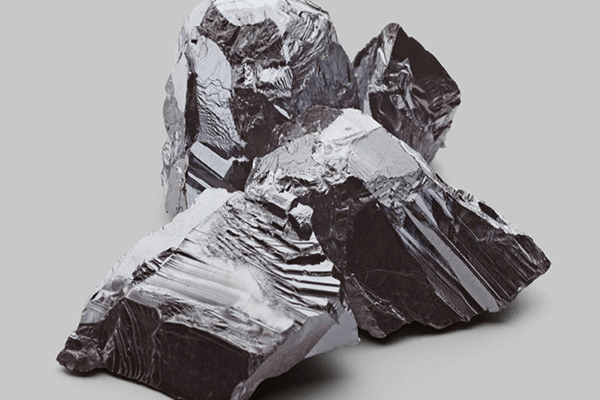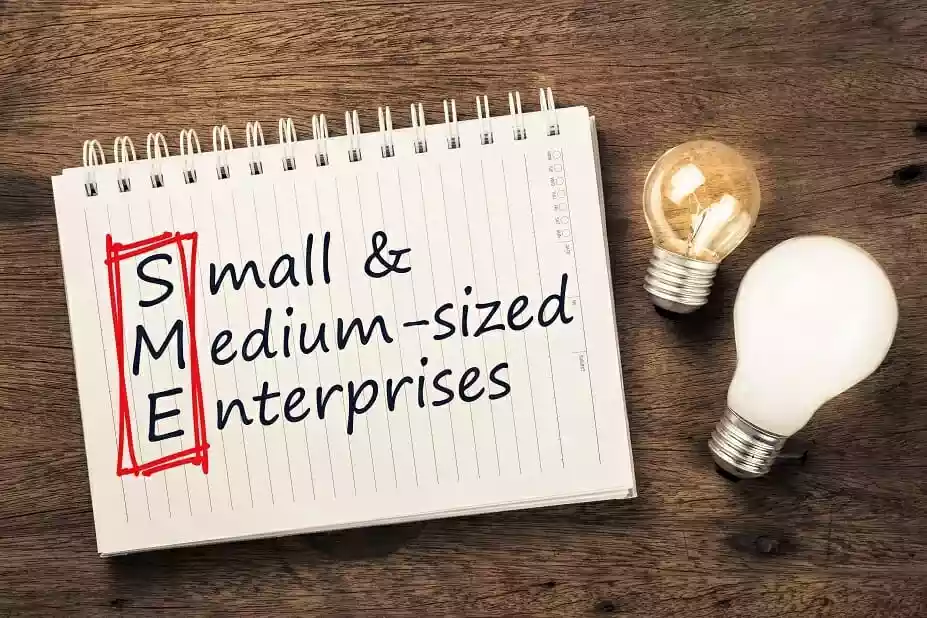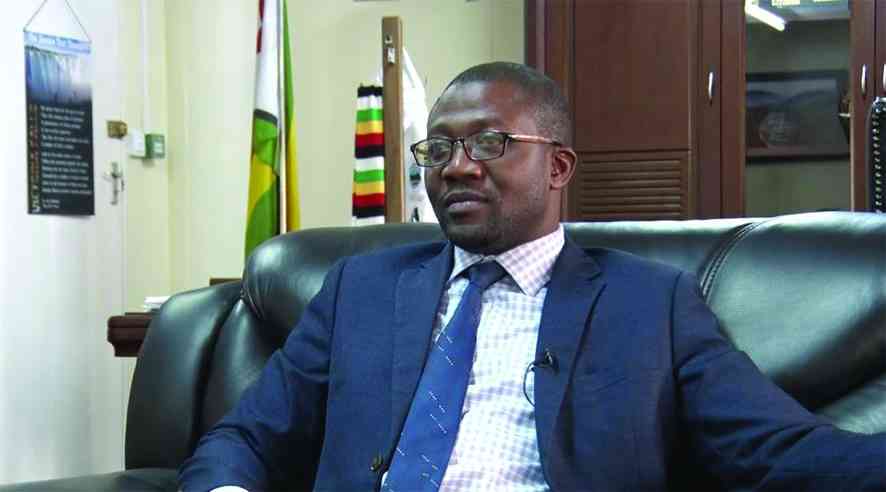
The global surge in demand for lithium over the past few years has been impelled by the rising appetite for Electric Vehicles (EVs) and portable consumer devices. The rise in demand is attributed to the high energy density and high safety levels contained in the lithium ion batteries which has seen the value of the global lithium ion battery market being estimated to reach US$102 billion by 2026.
Zimbabwe is the world’s fifth largest lithium producer and houses a high grade, large tonnage deposit consisting of series of stacked mineralised pegmatites, at the Arcadia Lithium project.
The Arcadia Lithium project which is the flagship of Prospect Resources, holds a 15,5-year mine life that increases its exposure to the long term EV demand. The mine is estimated to hold proven and probable reserves of 29,8Mt grading 1,31% Li2O.
Mining is Zimbabwe’s largest foreign currency earner and this exposure could help the mining industry revive the country’s economy through the generation of foreign currency that has been in acute shortages for a while now.
Lithium’s potential on the global market can be seen as a game changer for Zimbabwe which boasts of one of the largest deposits in the world. The country is said to have potential to produce 20% of global lithium and is expected to become one of the world’s largest lithium exporters.
Zimbabwe is pushing lithium to be one of its key minerals to grow the economy in tandem with its plan to amass US$12 billion from the mining industry by 2022.
However, production of lithium remains low and its contribution to the mining industry is close to insignificant.
During the nine months to September 2019, lithium production was a paltry 47 000 metric tonnes which generated US$6,05m in revenue. Standard petalite production was 21,700t worth US$2.6m, while gravel petalite amounted to 19,949t, worth US$1,9m.
- Chamisa under fire over US$120K donation
- Mavhunga puts DeMbare into Chibuku quarterfinals
- Pension funds bet on Cabora Bassa oilfields
- Councils defy govt fire tender directive
Keep Reading
This is insignificant as a part of the US$2,1bn generated by the mining sector between January and July 2019, with gold leading the pack at US$962m for seven months.
Different sources have concurred on the growing demand of lithium that will hit the market in 2025, but some have said there are slight chances of experiencing an oversupply like the one seen in 2019 that resulted in plummeted lithium prices.
Global demand for the mineral is said to remain low in 2020 due to the expected continuation of the oversupply of the commodity.
A spike is, however, expected in 2021 and according to the Benchmark Minerals, the material must be tested and approved before being implemented in the supply chain and it is this step that allows demand to grow past supply.
The increased use of consumer electronics and smartphones has increased the need for batteries with higher power capacity which can keep the device running for longer time.
China and Japan are the major lithium ion battery markets. China emerged as the largest electric car market housing 40% of the global EVs. — Equity Axis News











